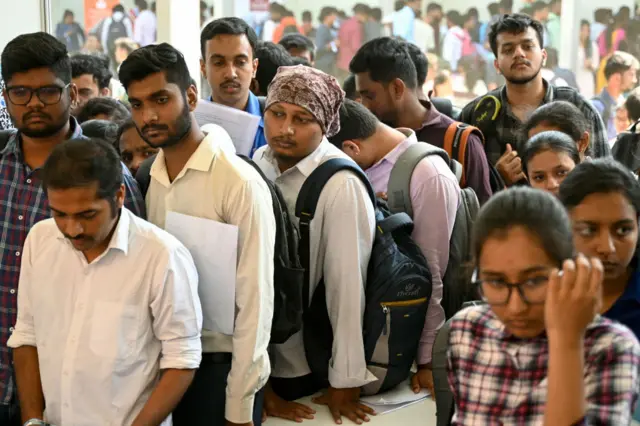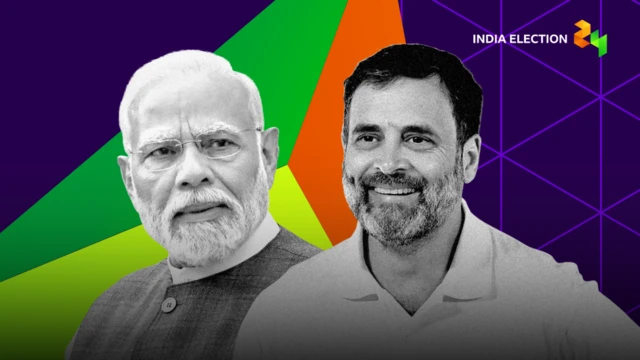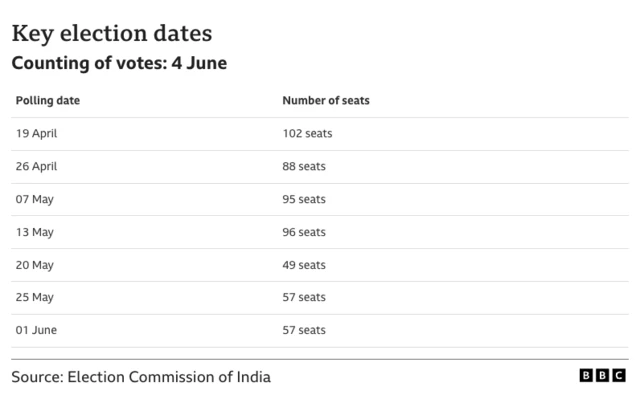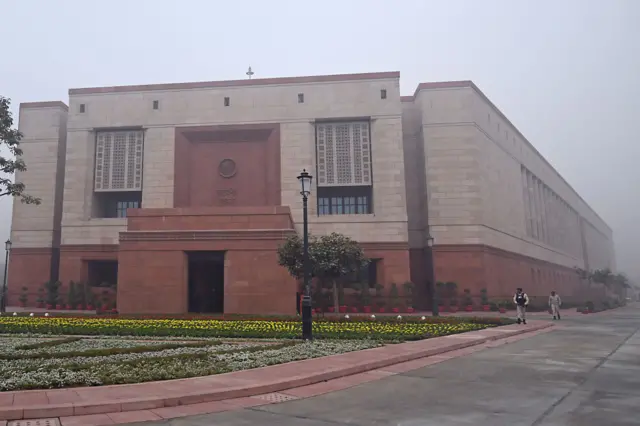What are the major issues?published at 04:13 BST 19 April 2024
 Image source, Getty Images
Image source, Getty ImagesUnemployment is a big issue for young Indians
As millions of Indians head to polling booths, what is on their minds?
A pre-poll survey, external conducted by think-tank CSDS-Lokniti found that unemployment, price rise and development topped the list of voters’ concerns. It said that 27% of respondents considered unemployment to be the most important issue for them - a huge increase from 11% in a similar survey before the 2019 election.
The percentage of respondents concerned about inflation also rose by 19% compared with 2019.
Only 8% of respondents voluntarily raised corruption and a grand new Hindu temple as important concerns.
The temple to the Hindu god Ram, inaugurated by Mr Modi in January, was a longstanding poll promise of his party. It was built on the site of a 16th-Century mosque torn down by Hindu mobs in 1992, sparking deadly riots in the country.
In the survey, more than 22% of the respondents said the temple topped their list of the action they "liked most" from the current government while nearly half said the temple's construction would help consolidate Hindu identity.






